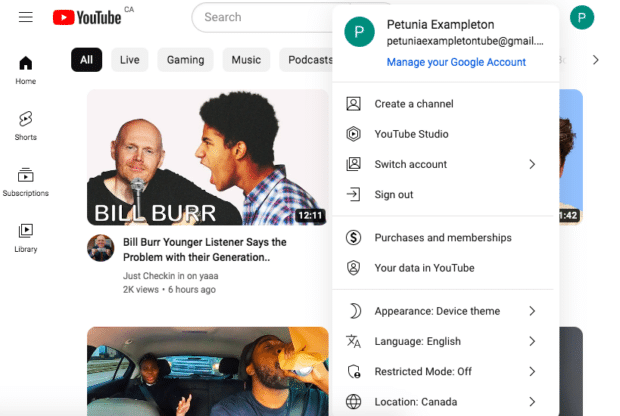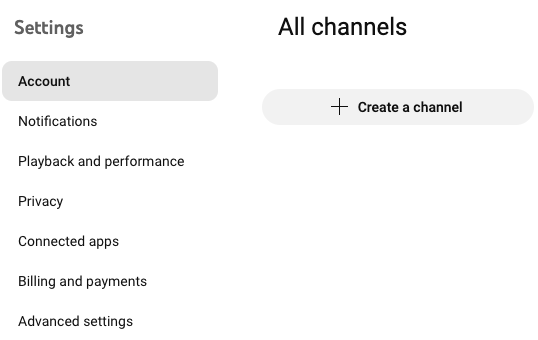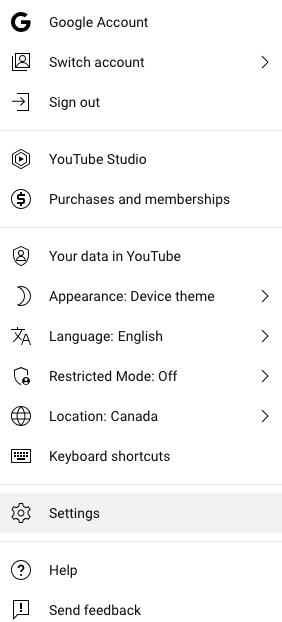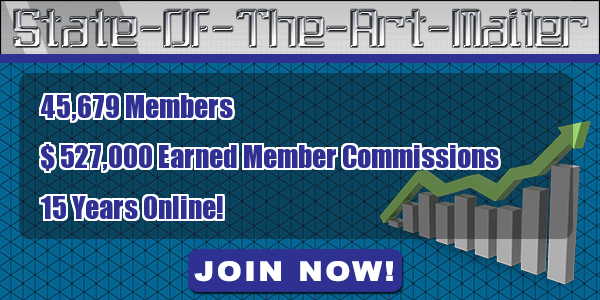What’s the easiest way to make money online, without having to create a product or a sales page? Affiliate marketing, of course. 🙂
So, why is it that most affiliate marketers never make nearly what they could make? Anyone has the potential to make HUGE money in affiliate marketing, yet 90% or more of affiliates make a pittance (I’ll wager the number is closer to 98%, in fact.)

Think about this: If you earn an average of $50 on each sale in a sales funnel you promote, and you make 6 sales, you’ve made $300. Sounds good, right?
But guaranteed, there is someone else who made 600 sales and walked away with $30,000.
Why did they make 600 sales when you made just 6?
There are reasons why a handful of affiliate marketers do amazingly well, and everyone else barely makes a profit.
And marketers who understand this will always have a tremendous advantage over marketers who don’t.
1: Build a Relationship
I know you’ve heard it before, but are you doing it? People buy people, not products.
If you want them to open your email and click your link, or visit your Facebook Group and click a link, you’ve got to have a RELATIONSHIP with your people.
This is so simple to do, yet few marketers take the time.
Start with a blog post that is all about you, and then send new opt-ins to the post so they can get to know you. Make the post silly, funny and most of all REAL. Talk about the stupid stuff you’ve done, the mistakes you’ve made, where you live and so forth.
Do you have a strange hobby or unusual taste in food? Include that. Do you have 17 pets? Talk about them. Do you work until 3 in the morning and sleep until noon? Mention that.
Reveal the real you. Not the details people don’t want, but the ones that amuse and interest. You’re looking to make a real connection, not give a resume.
And above all else, don’t make your life seem like a series of magnificent accomplishments. No one is going to relate to someone who turns everything they touch into gold.
But they are going to relate to the time you bought Bitcoin when it was worthless and sold it just before it took off, or the time you thought you could fly and jumped off your uncle’s barn into the manure pile.
And don’t stop with your ‘about me’ page, either. Use this relationship building in your lead magnet, your emails, your other blog posts and so forth.
Always inject a little bit about yourself. Not so much that you bore people, of course, or make everything seem about you. But just enough to keep it real.
Think about relating an event to a friend. Aren’t you going to give your own perceptions of what happened, as well as tell about how you got out of your car and stepped in the mud puddle just before your big presentation?
Use this same method of personal, one-on-one friend communication with your readers as well.
Post on your blog as often as possible, and we’re talking every day or two. Encourage your list to subscribe to Feedburner or the equivalent so they know when you add a new post.
Your readers will realize you’re a real person who isn’t out to pitch them a new product every 5 minutes. And they’ll gladly read your sales emails much more readily when they know there is a real live human being who is sending them these messages.
2: Use Your Own Voice
How many emails do you receive that say something along the lines of, “Buy this product – this product is the greatest product ever – you will be sorry if you miss this – so rush right over and buy it now.”
Yeah. Same old stuff, over and over again.
There is a marketer (or maybe several, but I’m thinking of one in particular) who sells MASSIVE quantities of this exact type of emails as a swipe file to new marketers.
Like a brand-new marketer couldn’t write their own 25 word email that basically says, “GO BUY THIS NOW!”
People are TIRED of getting these emails. You’re tired of getting these emails. I’m tired of getting these emails.
Same phrases, same message, same B.S.
If you’re not going to stand apart from the crowd, then you’re going to have to share the same crumbs they’re getting.
Instead, take 30 minutes and write your own promotional email in your own voice.
Forget hype. Be sincere. Be honest. “Hey, this product isn’t for everyone. I don’t even know if it’s for you. But if you have this problem, then maybe this is your solution. Check it out and decide if it’s right for you, because I know it’s worked like crazy for some people. And it’s on sale right now, too.”
I’ve written emails where I basically tell people not to buy something unless they really really want it or need it. “Don’t buy this if you already know how to do xyz.” “Don’t buy this if you’re not going to be doing this type of marketing.” This is only for people who want (fill in the blank.) It’s like I’m trying to talk them out of it, which paradoxically often results in more sales, not fewer.
But the point isn’t tricking them into buying; it’s to be honest. Because you know what? That latest, greatest product you’re promoting ISN’T what everyone on your list needs. Some of them, sure. The rest of them, no.
Do you have any idea how refreshing it is to open an email that says, “Here’s a new product, thought you might want to know, but please don’t buy it if you’re not going to use it.”
The first time I got an email like that, I bought the product without even reading the sales letter. True story. I was just so happy that someone wasn’t ramming a sale down my throat, that I jumped at the chance to buy it.
Weird but true.
My point is, be you. Be honest. Talk to your readers as though they are your best friends and you don’t want to lose your best friends by acting like a carnival barker who is here today and pulled up stakes (vanished) tomorrow with their money.
3: Email a LOT
This is the one where people like to argue with me, and I understand that.
You’ve heard over and over again that you shouldn’t email too often, or you’ll upset your subscribers, right?
After all, every time you email, there is the potential that a subscriber will hit the unsubscribe button.
Do you know what the potential is when you DON’T email? Nothing. No opens, no clicks, no sales… not even any relationship building.
Do you want people to open and read your emails? Then send out those emails EVERY DAY.
Here’s why:
First, almost no one will see every email you send out. Let’s say you’ve got a sale on one of your products. Don’t you think your readers might like to know about it? But if they miss the one and only email you send that lets them know, then they’ve missed out on the discount and you LOST a sale.
Second, send emails at different times. I opened someone’s email just yesterday, decided I was VERY interested in the new membership he was selling, clicked the link and discovered it was no longer available.
What happened? This particular marketer only sends out emails at 1:00 a.m. my time, so I don’t even see most of his emails in the avalanche of mail I get before I wake up.
Third, if you’re sending email once a week or once a month, your readers are forgetting who the heck you are. And when you finally do send an email, they think it’s spam.
Fourth, if you mail more often, you will make more money. Don’t take my word on this, just do it for one month. Send out one email per day, every day, for 30 days. Put a promotion in each one. See if you haven’t made more – a LOT more – money during that time period than during the previous month.
And by the way, I’m not saying JUST send out a promotion in each email. Make sure you have some content in there as well, even if it’s just an amusing anecdote.
4: Think of affiliate marketing as a BUSINESS
This isn’t a hobby, nor is it an add-on for an additional income stream.
Even if you go on vacation, be prepared to send out an email every day. Schedule them in advance or write them on vacation. Either way, affiliate marketing to your list is a business that you can’t just jump into when you need cash and forget about the rest of the time.
You don’t have many support issues, since the product owners handle this. You don’t have to worry about creating products, sales pages and so forth. You don’t have to drive traffic, unless it’s to build your list bigger.
With so much you don’t have to do, there’s no reason not to focus your time and energy into building relationships with your list and promoting to them every single day.
Affiliate marketing can be some of the easiest money you’ve ever made, if you put in the time and effort to make it a real business.








































